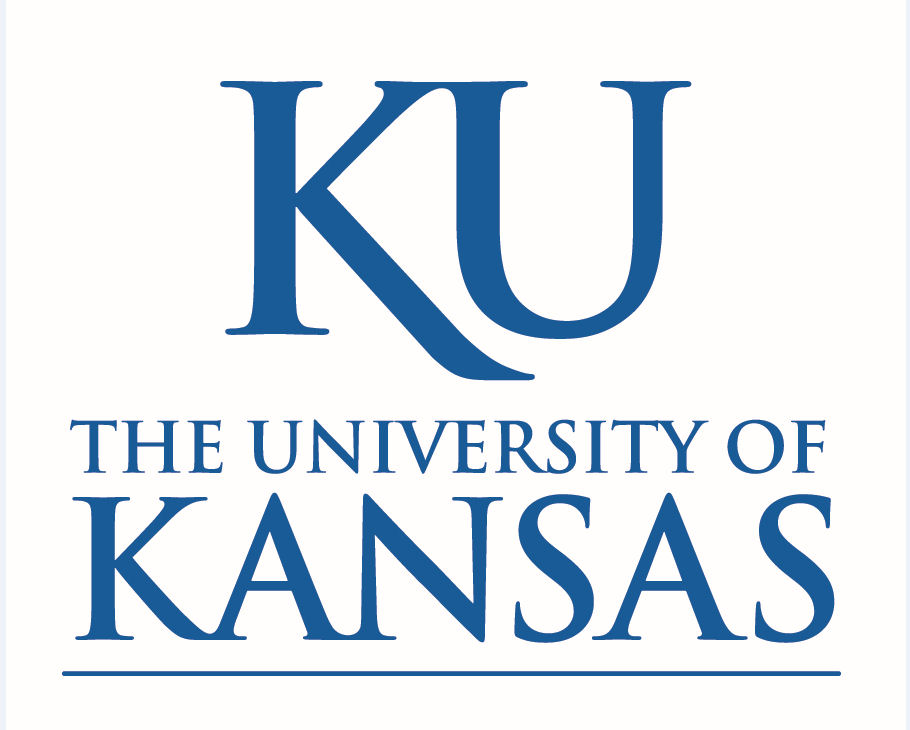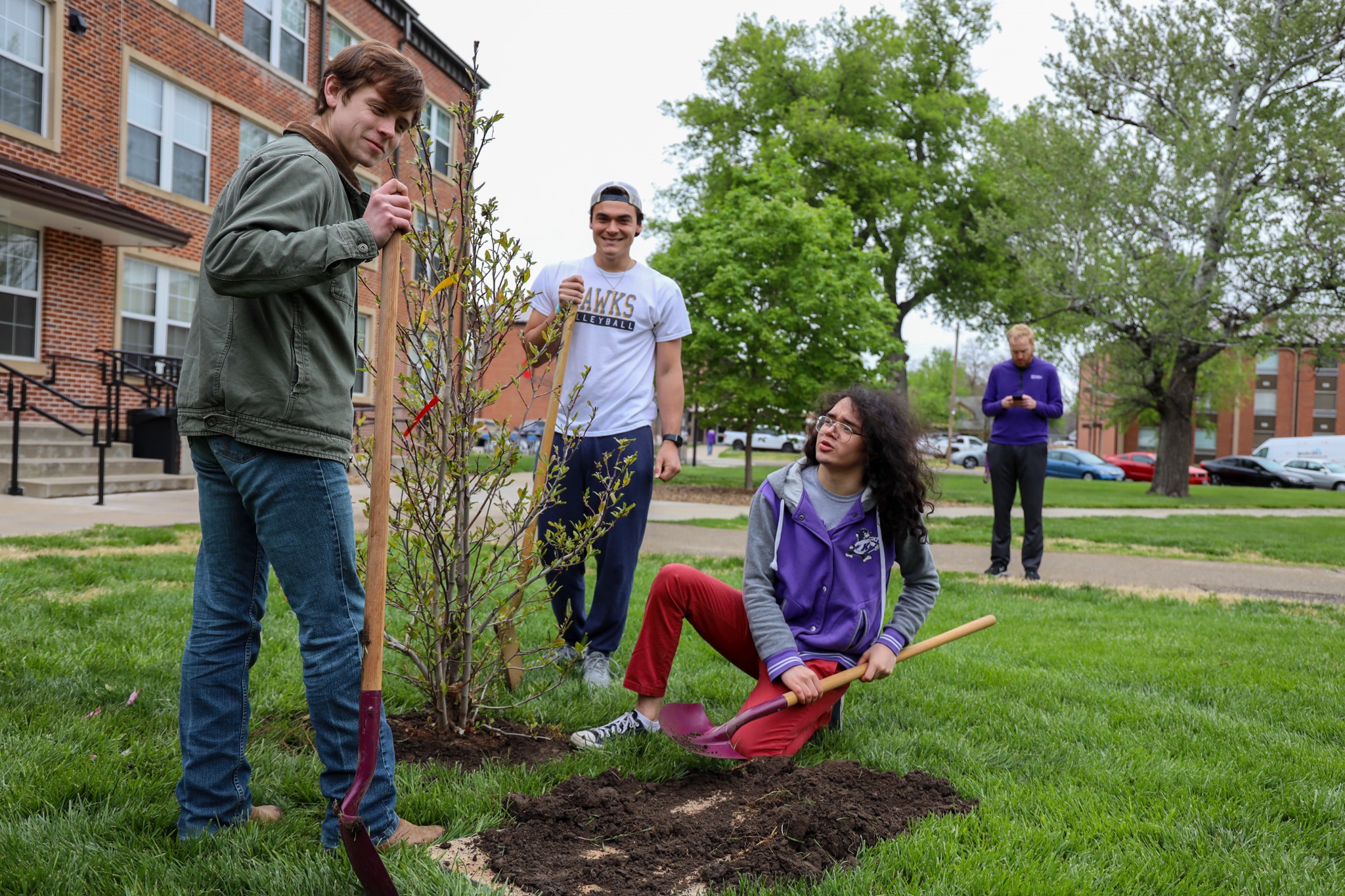Faculty and staff at the University of Kansas reported declining morale because of concerns about salary, lack of support, increased workload and the state government’s increasing role in running the university, according to a “climate” survey taken on the Lawrence and Edwards campuses last fall.
The survey, which was conducted in fall 2016 by a consulting firm hired by the university, found 64 percent of faculty and 55 percent of staff “seriously considered” leaving the university in the past year, The Lawrence Journal-World reported (http://bit.ly/2oGWKdD).
“I don’t think it’s any secret that there’s been a morale problem with faculty and staff the last few years,” said University Senate President Joe Harrington, an English professor. “There’s a lot of factors at play.”
Harrington said state budget cuts and a law requiring state universities to allow concealed handguns on campus beginning July 1 also contributed to low morale.
The survey, which included written comments and numerical data, was conducted in fall 2016 by Rankin & Associates. Its results were released Wednesday during a meeting for senior leadership, employees and students.
The faculty’s top concerns were salary, a lack of professional development opportunities and funding, evaluation process problems, benefits and “the increasing presence of the state government in managing the institution,” an executive summary said.
Staff concerns included an “overwhelming workload” caused by fewer employees, evaluation process concerns, inequities in scheduling and workload, quality of supervision and family-related issues, according to the summary.
Minority and disabled employees reported mostly higher percentages of strongly considered leaving the university. The summary said 68 percent of American Indian, 68 percent of Hispanic, 67 percent of multiracial and 49 percent of African-American employees considered leaving, compared to 57 percent of white employees. More than 70 percent of employees with disabilities considered leaving, compared to 56 percent of employees without disabilities.
University spokeswoman Erinn Barcomb-Peterson said the survey was another tool to help the university improve.
“The University of Kansas, like peer institutions across the nation, wants to improve the campus climate,” Barcomb-Peterson said in a statement. “This survey has shown us that we are not unlike other universities: Overall, our community views our campus climate favorably, but we have work to do.”
The survey included some positives, including 71 percent of employees who said they were comfortable in their respective units and more than 80 percent of faculty said the school valued research and they felt valued by students.
Harrington gave new provost Neeli Bendapudi credit for improving management since she was hired in mid-2016 by focusing on transparency and considering input from faculty, staff and student government.
In all, 6,774 surveys were completed, a 22 percent response rate, according to the executive summary.
Principal investigator Trina Ramirez, with the university’s Office of Institutional Research and Planning, said her office will analyze the 600-page survey results to make it more useful in improving the climate at the university.
—
Information from: Lawrence (Kan.) Journal-World, http://www.ljworld.com.]



